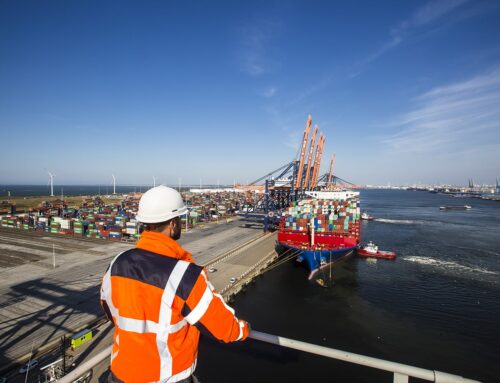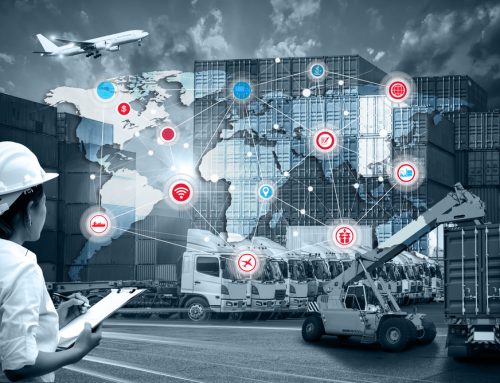In recent months, the world has experienced numerous supply chain disruptions, causing businesses to scramble to find solutions and adapt to the changing landscape. From natural disasters to trade tensions, these disruptions have had a significant impact on global supply chains, causing delays and increased costs for companies.
One of the most significant disruptions has been the ongoing trade war between the United States and China. This has resulted in increased tariffs on a wide range of goods, causing uncertainty and disruptions in the supply chain for many businesses. Companies that rely on Chinese manufacturing or sourcing have had to find new suppliers or negotiate new tariffs, leading to increased costs and potential delays in production.
Another major disruption has been the COVID-19 pandemic, which has caused widespread supply chain disruptions across the globe. The pandemic has led to lockdowns and restrictions on international travel, causing delays and disruptions in the transportation of goods. This has particularly affected the transportation of medical supplies and personal protective equipment, causing shortages in these critical products.
Natural disasters, such as hurricanes and wildfires, have also had a significant impact on supply chains. These disasters can cause damage to infrastructure, such as ports and roads, making it difficult to transport goods. In addition, the disasters can disrupt the production of goods, leading to shortages and increased costs.
To mitigate the impact of these disruptions, businesses are turning to technology and innovation. Many companies are implementing digital supply chain solutions, such as real-time tracking and visibility, to improve efficiency and reduce the impact of disruptions. In addition, businesses are increasing their use of automation and artificial intelligence to improve forecasting and supply chain management.
However, these solutions are not without their challenges. Digital supply chain solutions require significant investment and expertise, and the adoption of new technology can be costly and time-consuming. In addition, the ongoing uncertainty and volatility in the global economy make it difficult for businesses to plan and adapt to changing conditions.
Despite these challenges, it is clear that supply chain disruptions will continue to be a reality for businesses in the coming years. To succeed in this dynamic and uncertain environment, companies must be agile, adaptable, and willing to invest in technology and innovation. By embracing these changes, businesses can better navigate the challenges of the global supply chain and continue to thrive.





